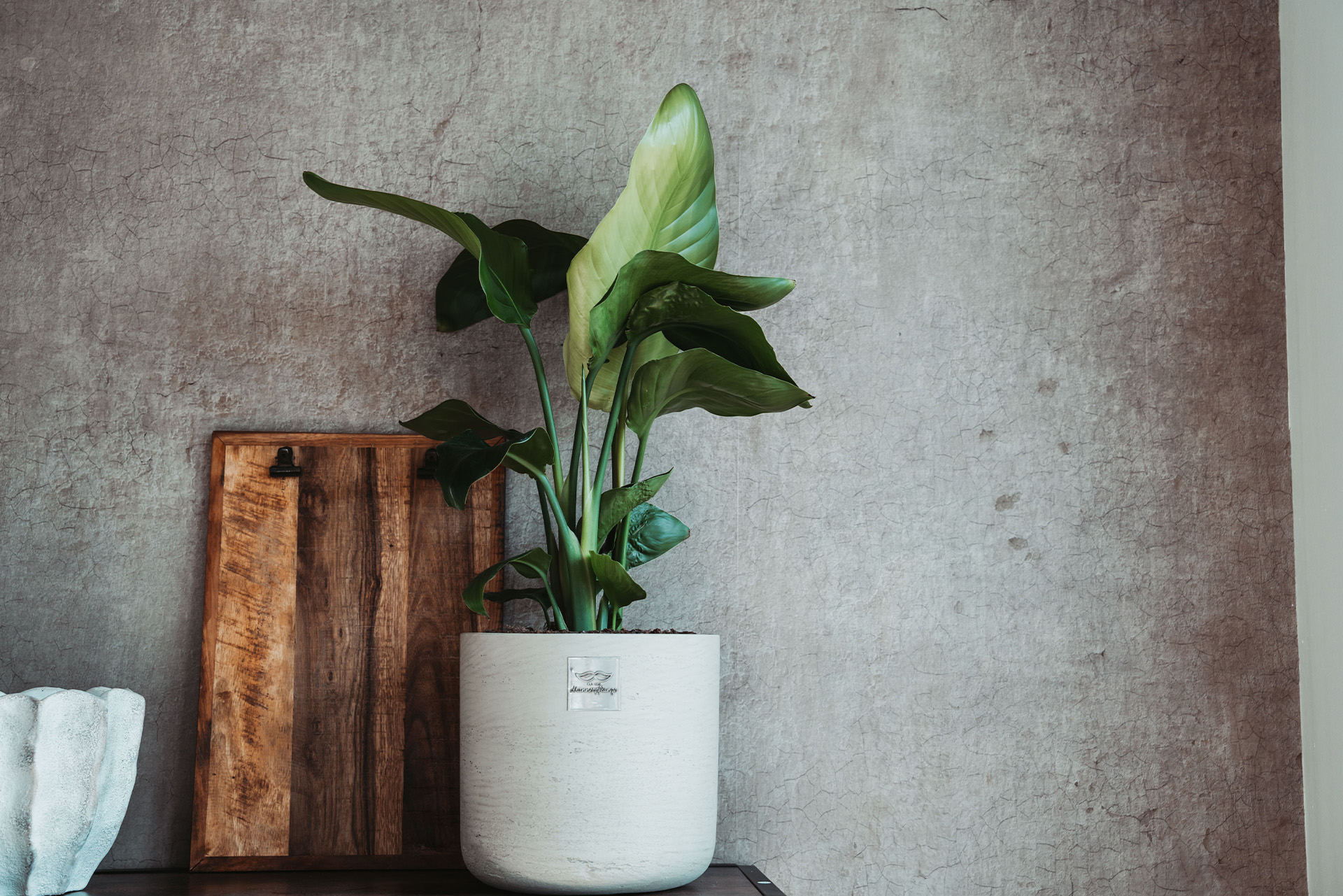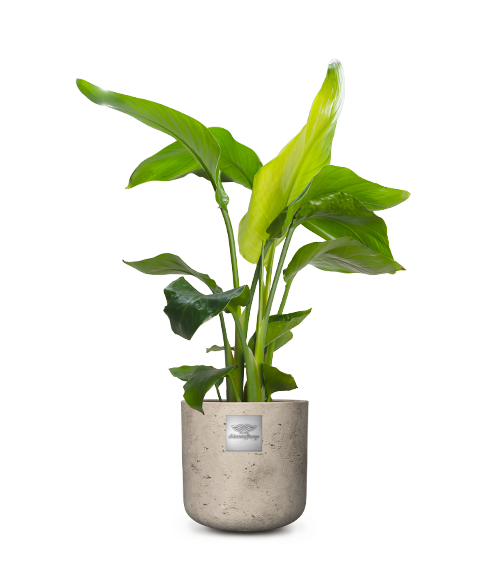This is Neil.
To the moon and back.

Leafy plant
0.5dl every 2 weeks
Plenty of light
Height approx. 25cm
M, pot diameter: 18cm
CHF 69
He knows exactly
What he likes.
Of course we'll tell you.
Location
Pilea peperomioides prefers a bright location without direct sunlight or drafts. Too little light causes the leaves of the Pilea to fade (lose their rich green color). This can be easily remedied by moving the plant to a different location, and the UFO plant will quickly recover.
01
Plenty of light
Nurture
It likes neither too wet nor too dry conditions, so avoid waterlogging. Moderate watering is therefore recommended – preferably only when the top layer of soil is dry. It does not like its leaves to come into contact with water. Therefore, always pour water directly onto the soil at the base of the stem.
02
0.5dl every 2 weeks
Temperature
It prefers temperatures between 15 °C and 20 °C. However, temperatures should never fall below 10 °C.
03
The pilea is also known as the UFO plant.
Symbolism, colors & shapes
Pilea peperomioides is named Neil after Neil Armstrong, the first man on the moon, because its leaves resemble flying saucers and thus remind us of outer space. It is not without reason that it is called the UFO plant. Pilea seems like a charming all-rounder from the world of feng shui: a plant with many faces and even more nicknames. For example, it is known as the Chinese Money Plant or Lucky Coin Plant because its round, coin-like leaves convey an impression of prosperity. Occasionally it is called Artillery Plant – a reference to the fact that its seeds and pollen like to take on a life of their own. But the symbolism is clear: luck, prosperity, and positive energy. Its relatively easy propagation also makes it a symbol of sharing and friendship. In short, Pilea peperomioides has consistently positive connotations and enhances your home with a dash of cosmic positive energy. Ideal as a gift or simply to treat yourself if you want to bring a little more prosperity into your living room.
Origin
Pilea peperomioides is only found in China: in the southwest of Sichuan province and in the west of Yunnan province, on shady, damp rocks and in forests at altitudes of 1500–3000 meters. It is rare and perhaps endangered in the wild, which gives it a mysterious exclusivity. It has had a curious journey: in the 1940s, a Norwegian missionary brought the plant to Europe. Through cuttings, the trend spread rapidly in the 1970s. It was not until 1978 that it was given its current name, Pilea peperomioides. Since then, it has been an unbeatable trend plant: easy to propagate, with a minimalist look and round leaves that brighten up any interior. The story shows how a wild plant can become a design icon – with patience, style, and a touch of Far Eastern mystery.
he wants
you too.








